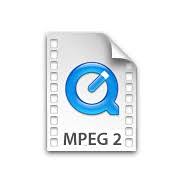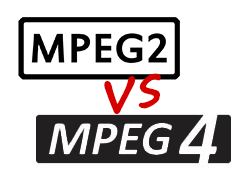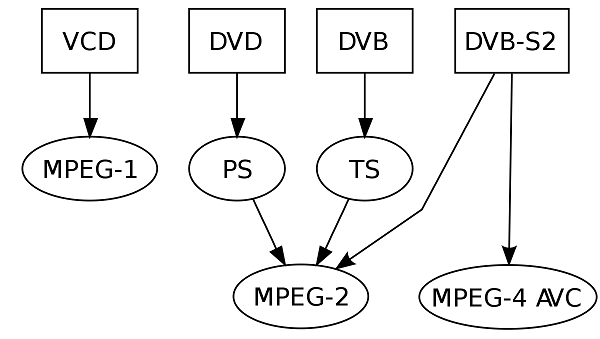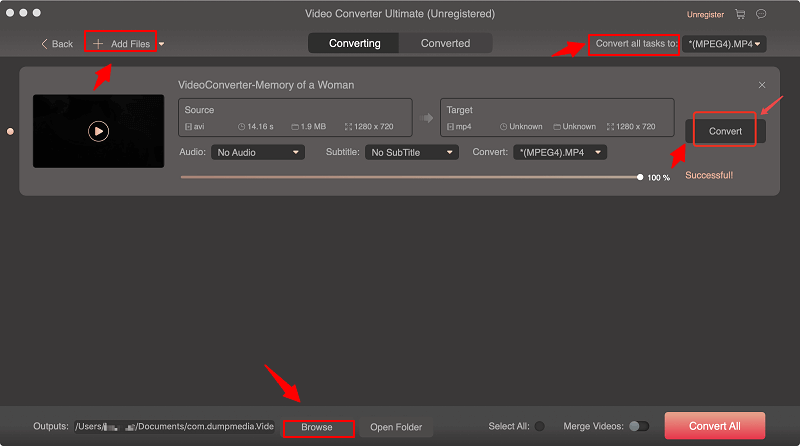
Nowadays, since technology has been widely improved, most audio and even video files got to have different formats. Some are in MOV, AVI, WMV, MPG, MPEG, and a lot more. Some of us would somehow think about the reason why we have numerous. Of course, all these formats have unique advantages and qualities which make them different from one another.
In this article, the focus would be more on MPEG2 vs MPEG4. We are to discuss the differences between the two, compare those, and choose which among is better and more recommended to use. If you wanted to find out about the topic mentioned, keep on reading this page. Let us begin by letting you know what the basic definition and descriptions of MPEG, MPEG2, and MPEG4.
Contents Guide Part 1. How to Define MPEG2 and MPEG4Part 2. MPEG2 VS MPEG4: How to Compare?Part 3. Bonus Tip: Transforming MPEG2 to MPEG4Part 4. In Conclusion
MPEG is an abbreviation that stands for “Moving Pictures Experts Group ”. This is actually a group of individuals who are setting the standards for both audio and video transmission. Since this format has been popularized, this was used by a lot of people like the format of different media – VCD, DVD, DVB, and DVB-S2 are just some.
MPEG actually has different parts namely MPEG-1, MPEG-2, MPEG-3, MPEG-4, MPEG-7, MPEG-21. Of course, each of these has its own great use. But among these six, MPEG2 and MPEG4 are the most commonly used and well-known by the public. We will find out the reason why and make the MPEG2 vs MPEG4 comparison.

MPEG2 was known and introduced last 1995. This has been considered as the standard created for any videos or audios for television viewing and broadcast. This was identified to have a larger scope supporting high definition which was the reason why it has been chosen by several digital televisions including DVB and ATSC or even satellite TV services. Moreover, many identified this one as an improved version of MPEG1 which was released last 1993.

MPEG4, on the other hand, was launched last 1999 – 4 years after having MPEG2. This one is a method used for defining compression of both audio and visual data. This also got better and efficient coding which posed additional complexity than MPEG2. In addition, MPEG4 amazingly supports IPMP (also known as Intellectual Property Management and Protection) which helps in managing and securing contents including data rights. These advantages somehow showed the improvement made from having MPEG2 years ago.
Although we are already seeing which among the two is somehow better in terms of quality and specifications, we will still further dig in what we can get from each by comparing factors such as how each handles compression, the file sizes, outputs’ quality, their bit rate ranges, bandwidth, filename extensions, and even their applications.

It can be said that both MPEG2 and MPEG4 get to maintain the same original quality of both audios and videos during encoding. MPEG2 uses H.262 while MPEG4 utilizes H.264. It was identified as well the in terms of compression, MPEG2 is much simpler compared to MPEG4 which is more of an adaptable and multipurpose encoding format. Since MPEG4 has been considered as an improved version of MPEG2, it has a more complex and higher rate of compression.
MPEG2 video files are usually of larger sizes compared to those videos in MPEG4 format. Since MPEG4 is designed to have a compression algorithm that guarantees an output of lower size, those are much easier to store in any portable device or player with low storage space or even in performing online streaming on the web. Those algorithms were proven to be helpful in terms of discarding and reducing the pixels in the video which are actually not needed and just add more data size in the file. Due to the larger sizes of MPEG2 videos, those usually do not play on some portable devices and gadgets, unlike those MPEG4 videos.
Both MPEG2 and MPEG4 are great in terms of quality. However, it could still be said that MPEG4 is much superior to MPEG2. Since it is an improved version and has an algorithm that helps to provide high-quality output videos across different streaming applications and platforms, many really preferred to have a video in MPEG4 format.

Files in MPEG2 format have bit rate ranging from 5 to 80 Mbits per second while MPEG4 files were known to have low range is somehow in kilobytes per second.
In terms of bandwidth, MPEG2 requires more compared with MPEG4 since they are designed for several platforms and uses. MPEG2’s bandwidth is about 40 MB per second whereas MPEG4 has only around 64 kbps.
Both MPEG2 and MPEG4 have different filename extensions associated with them. Both got lots of extensions -- .m2v, .mp2, .mp3 are only some for MPEG2 and .mp4, .m4a, and m4b, are some for MPEG4.
MPEG2 and MPEG4 are both designed to be used in different applications and ways. As initially mentioned above, since MPEG2 files got larger sizes, those are often utilized for DVDs and television broadcasting whereas MPEG4, which has a relatively smaller size, is often being used in viewing in small devices and gadgets with lower disc space or even on online streaming in the web.
NOTE: After the above comparison, you should understand the difference between MPEG2 and MPEG4. Do you want to know the difference between MPEG4 and MP4? Here is an article about a comprehensive comparison between MPEG4 and MP4. Click it to learn more!
From the above MPEG2 vs MPEG4 comparison made, if you got an MPEG2 video which you wanted to transform to an MPEG4, there is this one tool which is capable of performing a lot of functions most especially the conversion function you desire. If you are one in need, you might want to check this DumpMedia Video Converter which has been used and trusted by a lot of users in the modern era.
The main feature of this tool is video conversion to different desired formats without quality loss, even maintaining the original look. This supports numerous formats such as the popular MP4, AVI, WMA, WAV, FLAC, and a lot more! In addition, you can easily convert DVDs and videos to GIFs, videos, or audio. For example, you can convert your DVD to MP4 format. This as well as editing and enhancing functions wherein you can perform adjusting of brightness, contrast, saturation, and volume control. Even adding subtitles is possible! Aside from its main function, this one is a software with user-friendly interface and offers easy steps to perform the desired processes.
Downloading and even the installation of this program could be done in just few minutes and would require only few clicks. You got to have your converted video by just following few and simple steps.
To proceed with video conversion, you must do this simple step by step guide.
Step 1 : Of course, you are required to ensure that this DumpMedia Video Converter would be downloaded and installed on your Windows of Mac computers.
Step 2 : Launch the program and click the “Add files ” button to select the your MPEG2 video file to convert. You can as well drag and drop the files directly from the location to the main interface of the application.
Step 3 : Select MPEG4 as output format by ticking the “Convert All Tasks to: ”. You got a lot of options you can choose from such as MP4, MOV, WMV, AVI and many more.

Step 4 : Once done, choose the destination folder wherein the output or converted file would be saved by clicking the “Browse ” button.
Step 5 : Click the “Convert ” button to begin with the conversion process.
Once you are done with these steps, you can preview the video and check the converted file by tapping the “Open Folder” option. By performing just these five simple steps, you go to have your converted video in just few minutes.
Due to the improvement in technology, there have been several advancements and changes made and introduced in the public. One example is the birth of several video and audio formats. Back then, we only have a few of them but as days gone by, we got to meet lots more.
MPEG2 and MPEG 4, both emerged from MPEG, are only two of the most popularly known and used video formats by people nowadays. Because of the advantages and specifications they have, users prefer to have their videos in this format.
Presented above is the MPEG2 vs MPEG4 comparison in terms of several things - compression, file sizes, outputs’ quality, bit rate ranges, bandwidth, filename extensions, and even their applications. From the ideas presented and highlighted, it could be summarized and identified that MPEG4 is much of better use and is more recommended than MPEG2 simply because MPEG4 is the improved version of MPEG2. The advantages have been enumerated as well above.
Moreover, one amazing converter is also shown previously. So in case you got an MPEG2 video that you prefer to transform to MPEG4, you can make use of this DumpMedia Video Converter. Have you learned something from this post? Let us know by leaving your comments in the below section.
